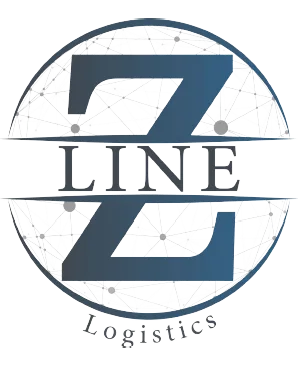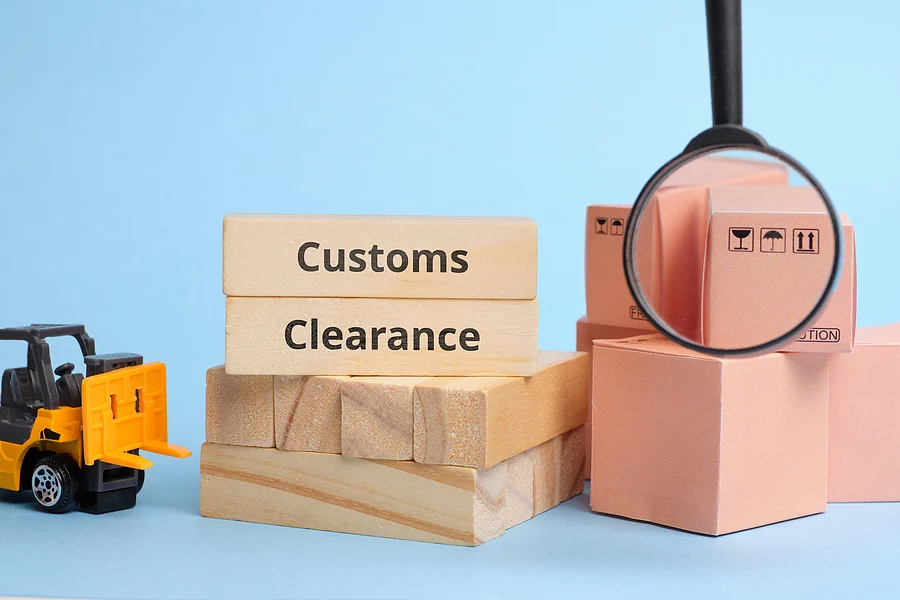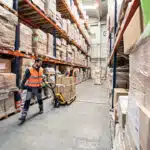Table of Contents
In the context of international trade, import and export customs clearance is one of the most important procedures for providing free movement of the goods across the borders.
Today, undertaking overseas business is not a preserve of a large company but also a small and upcoming business person hence it is essential to learn more about import and export customs clearance.
It consists of a number of processes that guarantee compliance of products with all legal and regulatory requirements so that companies do not experience such problems as delay or fine.
In this blog, we want to draw the primary steps, regulations, and strategies in import and export customs clearance that will help for on time delivery of goods as well as avoid breaking legal aspects.
Key Steps of Import and Export Customs Clearance
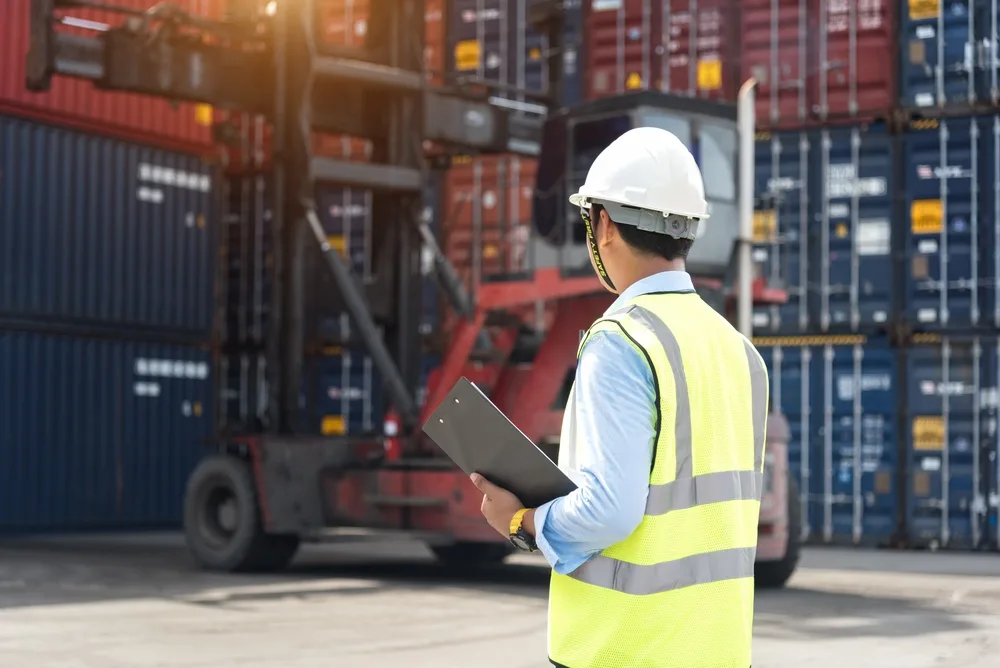
Import and Export Customs Clearance is a very essential aspect in international trade since it enables theLegal transfer of goods across the borders.
Import and Export Customs Clearance have a general establishment of a procedural sequence.
Below are the key steps involved in import and export customs clearance:
Import Customs Clearance
Pre-arrival Documentation: Upon receiving a bill of lading importers need to clear the entries by presenting all necessary documents to the customs before the arrival of the goods. These documents typically include:
- Bill of Lading (BOL)
- Commercial Invoice
- Packing List
- Import License (if applicable)
- Certificate of Origin
Customs Declaration Submission: Also, a formal import declaration has to be filled by the importer or his customs broker. This document shows the nature of the goods in import, their value, as well as their tariff number.
Payment of Duties and Taxes: Therefore, after considering a declaration, customs estimates the duties and taxes that ought to be paid. The amount that has to be paid by the importers includes customs duties, Value Added Tax and other fees before the goods are released.
Customs Inspection: Customs can target shipments for examination to test the declaring party’s arithmetic, for proscribed items or to ensure the shipments conform to import laws. There may be physical or document based checks as part of the inspection process.
Release of Goods: Once the duties and taxes have been paid, or assessments cleared, the customs detains the goods for the importer for distribution or additional processing.
Export Customs Clearance
Pre-shipment Documentation: Exporters have to prepare some documents for shipment, necessary documents have to be collected. Common documents include:
- Commercial Invoice
- Export License (if applicable)
- Packing List
- Certificate of Origin
- Bill of Lading (BOL)
Customs Declaration Submission: An export declaration has to be made to customs and this is normally done by the exporter or his customs broker. It also contains information relating to the goods such as their value, their destination and nature of the goods.
Export Duties (if applicable): Some of the countries even apply export duties or taxes on some of the products. The exporters, in this case, have to be aware that such taxes should actually be calculated and paid before customs regulation.
Customs Inspection: The customs authorities can open some of the merchandise to check that those exported do not contain any prohibited or restricted items.
Approval and Shipping: Further, once the declaration is approved and all the inspections, if required are done, the customs releases the goods for export. They can also then be taken to the destination country.
Import and Export Customs Clearance is a very sensitive procedure that should elicit proper documents and understanding of duties and taxes as well as the laws.
Omissions or timely problems in this process can be extremely expensive hence it is paramount to know the most relevant activities and consult approved customs brokers or specialist freight forwarders.
Read more: How Much are Customs Fees in Jordan? A Comprehensive Guide for 2024
Regulations of Import and Export Customs Clearance

Import and Export Customs Clearance is regulated by a number of rules intended to prevent the smuggling of goods across borders and to ensure compliance with national legislation to maintain the economy and security of a country. Below are some of the key regulatory areas involved in import and export customs clearance:
Import Regulations
- Tariff Classification (Harmonized System Code):
HS code stands for the Harmonized System of product classification which is universal to classify products on the basis of tariff and duties. It is the responsibility of the importer to correctly categorize the imported products so that he/ she will be in a position to know the correct duties and taxes to be paid.
Misclassification may result in some form of penalty or delay.
- Import Duties and Taxes
Importers should remit all the duties, taxes and fees chargeable on imported products. Some of these may be in the form of customs duties, Value Added Tax (VAT), excise duties and any other levies depending on the product type and country of origin.
Depending on a country of origin some goods are free from customs duty or have a preferential rate according to FTAs.
- Prohibited and Restricted Goods
It is common practice to have a banned items list where some commodities are either banned for importation (e. g., weapons, banned substances such as illegal drugs) while others require special permits or licenses for importation e. g., pharmaceuticals and chemicals, agricultural products.
Non-compliance with restrictions will result in the confiscation of goods, penalty charges or legal implications.
- Customs Valuation
Customs authorities assess import taxes including duty with reference to the value of the imported goods; usually the transaction value or the price paid or payable.
Valuation has to be done correctly, while its over or underestimation leads to penalties or incorrect duties.
- Health and Safety Standards
Most countries have very rigid measures that are placed in relation to the importation of certain products especially in relation to health, safety and the environment.
For instance, foods and beverages, medicine, and electronics goods may Fall within the SPS measures or the TBT measures.
- Anti-Dumping and Countervailing Duties
Thus, in a bid to safeguard domestic industries some countries apply anti-dumping duties on imported goods, which are sold below cost to compete or apply countervailing duties for offsetting foreign subsidies.
Such duties may go a long way to influence the cost of importing a particular product.
- Import Quotas
Some countries even regulate them by providing restrictions on the amount of merchandise from a specific country that can be imported for a given time span. Some of the products that may be imported within these quotas might require special licenses to be imported by the importer.
Export Regulations
- Export Licensing
There are some products that one needs a license to export and some of them include dual use products (items which have both civil and military use).
For national security and foreign policy consideration, countries control export of strategic goods, technology and services.
- Customs Export Declaration
The exporter is required to complete a customs document which contains information pertaining to the goods, its value, the intended destination and means of transport. It also supports adherence to the export regulations and helps to monitor the trade data.
- Controlled Goods
Those goods that are controlled by the international treaties involve weapons, chemicals or any endangered species. Exporters themselves need to make sure that they are operating in compliance with all the laws and have the appropriate permits.
- Sanctions and Embargoes
The law demands that exporters respect national as well as international sanctions and embargo on trade with specific countries or persons.
Sanctions are legally binding which means that the violation of sanctions can lead to heavy penalties including fines as well as criminal charges.
- Export Duties and Taxes
Some countries use export taxes in a bid to control the supply of some products, especially the natural resources in their country or as a source of earnings.
Exporters must make sure that the duties or fees must be paid before the merchandise is shipped out.
- End-Use and End-User Certification
Exporters may be subjected to end-use or end-user certificates which certifies that the particular products will not be used for unlawful or prohibited uses (e. g. PROLiferation of weapons, terrorism)
This is especially so where the products being shipped are high technology products, chemicals or sensitive equipment.
- Free Trade Agreements (FTAs)
Under Free Trade Agreements business can get lower tariffs or duty free access in the foreign markets. Yet they must fulfill the requirements of the rule of origin which is aimed at ensuring that products that the FTA was signed to facilitate, satisfy the requirements of the agreement to the letter.
Import and export customs clearance seeks to make a distinction as to how legally, safely the goods import and export into a country or across international borders.
An importer or exporter needs to update themselves with the dynamic legal framework and be in close association with customs responsibility and licensed brokers so as to dodge fines, delay and legal troubles.
Know more about the Customs Clearance Cost in Dubai for 2024
Tips for Navigating Import and Export Customs Clearance Efficiently
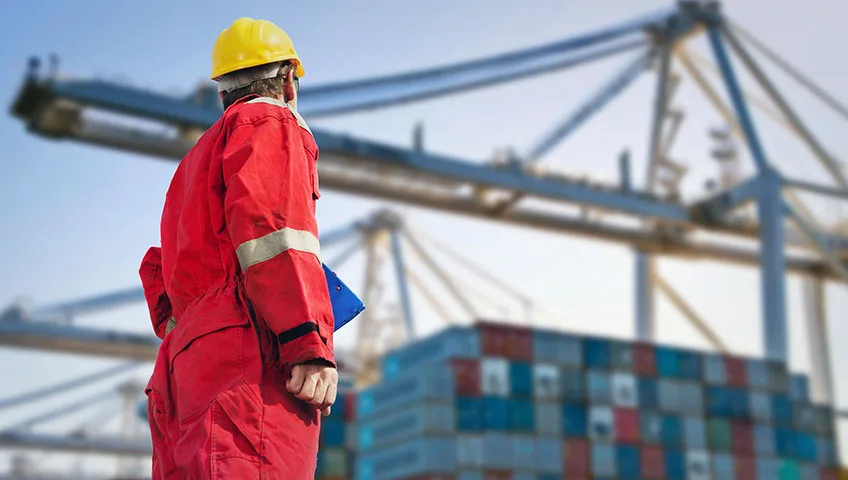
Import and export customs clearance involves a lot of procedures, which might be confusing to most business owners, but if they can take time and learn the methods, procedures, and probable hitches which may otherwise delay their business, they will avoid the delays which might be costly.
Here are some essential tips for ensuring a smooth import and export customs clearance process:
1. Stay Informed About Customs Regulations
Check on rules governing research relating to the destination country before sending the shipment. Others include documentation, tariffs, restricted goods or products and the health standards of the country.
Trade laws are dynamic and you need to monitor the emergence of new trade rules, ban or restrictions with regard to the shipment of the goods.
2. Ensure Accurate Documentation
Provide accurate and complete documentation to make sure that your application is not delayed, or you are not penalized. Essential documents in import and export customs clearance include:
- Commercial Invoice: It contains specific information about the products, the prices as well as the conditions under which the products will be sold.
- Packing List: Allocation of the contents in each package or the container as the case may be.
- Bill of Lading (BOL): Transportation means, route and place of delivery.
- Special certificates: depending on the type of products or countries such as origin, health and safety certificates among others.
While submitting documents for customs filing it may be advisable to employ digital documentation and electronic customs filing systems that will ease the process.
3. Work with Licensed Customs Brokers Like Zline
One can however seek assistance from an expert customs broker for easier handling of the consignment especially when it is rather large or when dealing with business transactions across borders.
This is a task brokers know well, and in case of any mistake, the duty and taxes will be fully charged, costly mistakes.
4. Classify Goods Correctly (HS Codes)
Make sure that the appropriate HS code is given to the goods so as to determine the charges to be paid.
They are fines, or even shipment of the goods being delayed, over or under payment of the duties.
5. Pre-Clear Shipments Where Possible
Some of the countries provide pre-clearance programmes where the goods are cleared even before entering the border point. This can easily cut down the waiting time.
6. Be Prepared for Customs Inspections
It is also noteworthy the fact that the inspections are carried out randomly in the sphere of import and export. You should expect your shipment to be physically or papers inspected physically.
Make sure all products correspond to the descriptions in documents and that packaging is correct for customs and safety.
7. Learn about Duties, Taxes & Tariffs in Import and Export Customs Clearance
It is advisable to be familiar with the charges and taxes required to be levied on the consignment at an onset and should be willing to part with the charges immediately in order to avoid complications. Duties can be estimated by using the online tools or by engaging the customs broker.
Capitalize on the FTAs in order to either maximize reductions in tariffs or get complete exemptions, but you have to ensure and comply with RoO standards.
8. Use Reliable Shipping and Logistics Partners
Choose reliable freight forwarders and shipping companies for your import and export customs clearance that have sufficient information on customs requirements of the countries you are involved with. It may assist in facilitating import and export customs clearance.
It helps you to track your shipments in real time to enable you to make timely responses to any import and export customs clearance related problems.
9. Be Aware of Import and Export Controls
Check if your products are governed by licensing or other formalities of import or export for instance: controlled substances, electronics, hazardous products, etc.
Trade restrictions and boycotts as well as any embargo implemented in the country you are trading should be observed.
10. Leverage Technology
Customs software and integrated logistics platforms that show the clearance status and possible documents to be uploaded and communicate with customs in real-time.
One of the major benefits of computerization is that automation can reduce mistakes made by officials together with hastening the customs procedures.
For more info: AI in Customs Clearance: Exploring How It Is Used in Dubai
11. Plan for Delays and Build Buffer Time
It is, of course, possible to plan in detail (e. g., all sorts of inspections, proper documentation) but the unexpected may still happen. Allocate more time for your shipments, especially for seaborne delivery, so that if there is any disruption of services the deadlines would not be greatly affected.
Let the customers or partners know about the expected delivery time, and in case of some complications give them an update.
12. Consult with Legal Experts for Complex Shipments
Any time a company is shipping high value, perishable, or specialized goods there may be legal constraints to international law and this is where consulting with a trade lawyer would help so as to avoid legal complications.
Thus, organizations should take the initiative in import and export customs clearance , provide as much information as possible and make sure it is correct, and cooperate with reliable partners in order to avoid the difficulties associated with the import and export customs clearance process.
Another way to avert time wastage and added expenses is also to keep abreast with the regulations and technology.
Therefore it can be deduced that import and export customs clearance is a core activity in the environment of international business operations that should be given appropriate focus on detail and legal standards.
When the foregoing processes such as documentation, classification and payment of duties among others, are well understood, it becomes easy for businesses to facilitate the cross border movement of goods.
Consulting with the customs brokers who are already in the field of import and export customs clearance , being up-to-date with the changes in customs regulation, and use of advanced technology can also help to enhance efficiency and avoid penalties and huge amounts of time that is required to clear the customs.
For the experienced global trader as well as the import/export novice, cost effective clearing of shipments is critical to keeping lines of supply fluent and cost effective for the business.
